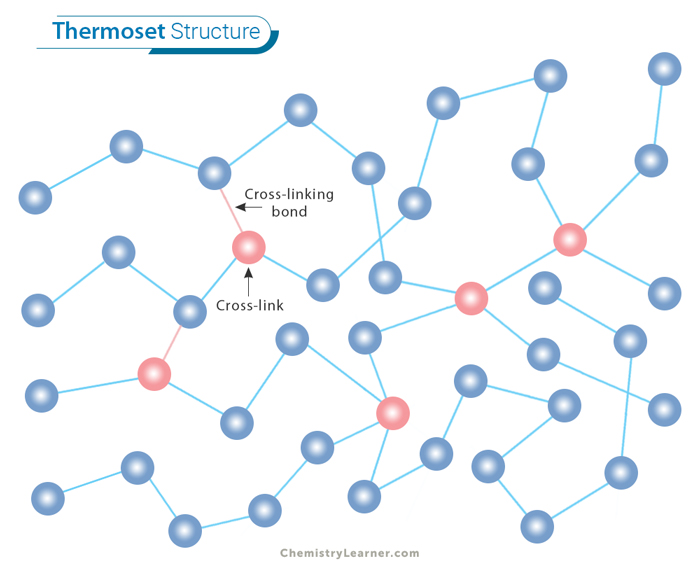Crystalline Polymer
Crystalline polymers are a class of polymeric materials exhibiting a highly ordered molecular structure, resulting in a repeating three-dimensional arrangement known as a crystalline lattice. Unlike their amorphous counterparts, crystalline polymers exhibit a distinct level of organization at the molecular level, imparting them with exceptional mechanical, thermal, and chemical properties and making them essential components in various industrial applications and research fields within polymer science. [1,2]
Structure
Crystalline polymers exhibit a highly ordered and regular molecular structure characterized by a repeating pattern in their atomic arrangement. In these materials, polymer chains align in an organized manner, forming a three-dimensional lattice structure. The arrangement is often dictated by the crystalline regions within the polymer, where polymer chains are closely packed and regularly spaced. The repeating units or monomers in the polymer chain adopt specific orientations and conformations, establishing well-defined crystal structures. [3]
The crystalline structure in polymers results from the intermolecular forces and interactions between polymer chains. Van der Waals forces, hydrogen bonding, and other secondary interactions contribute to the stability of the crystalline regions. The crystalline structure imparts distinct mechanical, thermal, and optical properties to these polymers, contributing to their strength, stiffness, and transparency.
Properties
Crystalline polymers possess unique properties that make them crucial in materials science. [1]
1. Ordered Structure: Crystalline polymers have a highly ordered molecular structure, with repeating units arranged in a regular and repeating pattern.
2. Symmetry: The arrangement of polymer chains in crystalline polymers often exhibits symmetry, leading to specific crystal lattice structures.
3. Higher Density: Crystalline polymers tend to have higher density than their amorphous counterparts, as the polymer chains in the crystal lattice are more compactly packed.
4. Enhanced Mechanical Properties: The ordered structure improves mechanical properties, such as higher strength, stiffness, and durability.
5. Transparent or Translucent: Some crystalline polymers can be transparent or translucent due to the regular arrangement of molecules, allowing for more orderly light transmission.
Examples and Applications
Crystalline polymers find wide applications across various industries due to their unique properties and versatility. [1]
1. High-density Polyethylene (HDPE) is commonly used in the automotive industry for fuel tanks and pipes due to its excellent chemical resistance and durability.
2. Polyethylene Terephthalate (PET) is extensively used in the packaging industry for bottles and containers due to its transparency, lightweight, and recyclability.
3. Polypropylene (PP) is widely used in the textile industry for manufacturing ropes, carpets, and fabrics due to its strength and resistance to moisture.
4. Polyvinyl Chloride (PVC) is a commonly used crystalline polymer in construction materials like pipes, window frames, and flooring due to its durability and cost-effectiveness.
Degree of Crystallinity
The degree of crystallinity in polymers plays a crucial role in determining their material properties. It significantly impacts material properties such as mechanical strength, thermal stability, and optical clarity. The degree of crystallinity can vary among different crystalline polymers and is influenced by factors such as processing conditions, cooling rates, and polymer composition. Researchers and engineers can tailor the material’s properties for specific applications by measuring and understanding the level of order in polymers. [4,5]
Various methods, such as X-ray diffraction, differential scanning calorimetry (DSC), and infrared spectroscopy, are employed to determine the degree of crystallinity in polymers. These techniques provide valuable insights into the molecular structure and organization within the polymer matrix.





